Photo: AA
On August 17 1999, a 7.6 earthquake hit İzmit, a city 90 km east of İstanbul, killing over 17,000 people. Ever since experts have warned that "a big one" will hit İstanbul before 2030.
The February 6 earthquakes in the southern city of Maraş revived the fear of this potential disaster that has been consciously and subconsciously in the minds of many.
"After the devastating earthquakes we have experienced, İstanbul residents are wondering about the earthquake safety of their buildings," Özlem Tut, head of the İMM Earthquake Risk Management and Urban Improvement Department, writes on her social media account.
In recent days, thousands of new applications have been made to İMM's "building detection project," which lets residents determine their buildings' safety, free of charge, with results published in 10 days. In the last three years, 107,036 buildings have been visited, Tut states, "however, 29,287 building owners allowed inspection."
Tut expects delays with the inspections due to the sudden demand and teams that would normally do inspections currently being in the February 6 earthquake-affected regions.
Yaşadığımız yıkıcı depremlerden sonra İstanbullular binalarının deprem güvenliğini merak ediyor.
— Özlem Tut (@Ozlem_Tut) February 11, 2023
Binlerce başvuru aldık. 3 yıldır İstanbul genelinde hızlı tarama yöntemiyle binaların deprem güvenlik oranını tespit ediyoruz…@istanbulbld
Without the appropriate preparations, experts worry that İstanbul might become the next Kahramanmaraş, perhaps even worse. '"If you ask if İstanbul is ready for an earthquake? No, it is not," Geology Professor Naci Görer emphasized this week on TV5.
A report by the İstanbul Planning Agency (İPA) reveals that a total of 500 thousand buildings are expected to be damaged, with 86 thousand buildings collapsing or suffering severe devastation. The potential earthquake especially jeopardizes the area between Golden Horn and the Küçükçekmece, on the European side of İstanbul. Additionally, floods, landslides, and a tsunami are anticipated.
Rental transformation
Since 1999 authorities have been rebuilding and retrofitting structures, especially those built before 2000. Various new laws gave more authority to the government to demolish houses for the sake of "risk reduction".
However, many urban transformation projects in the last 20 years have been coined "rental transformation" projects instead, with critics stating that the government's priority is not earthquake safety but boosting the economy through lucrative construction deals.
For instance, Fetihtepe on İstanbul's European side was declared unsafe on June 2 2014, despite the lack of scientific reports indicating the area would be prone to earthquake risks. The construction of expensive residences in the neighborhood resulted in many moving to remote areas with cheaper rent.
In contrast, urban transformations remain mainly absent in areas such as the vulnerable western part of the Golden Horn, İPA's report shows.
Amnesty regulations
Besides "rental transformation" projects, amnesty regulations resulted in upholding informally and poorly built real estate in İstanbul.
Since the 1960s, informal housing mushroomed in the absence of centralized housing initiatives for lower-income citizens and rural migrants flocking to Türkiye's urban centers.
With legalization and amnesty regulations frequently implemented from the 1980s onward, these poorly built low-density low-rises over time were converted into crowded multi-story apartment buildings. However, limited oversight in their building quality made these houses especially prone to damage and loss of life in the 1999 earthquake.
Nonetheless, structures not complying with regulations continue to receive amnesties. In a 2019 speech, now going viral again, President Erdoğan boasted that they solved the problems of 144,556 Kahramanmaraş citizens with such building amnesties. According to İMM's Deputy Secretary General and city planner Dr. Buğra Gökçe, before the 2018 general elections, 3.1 million buildings received amnesties. In addition, the current government had plans for new construction amnesties ahead of the upcoming elections. Yet, these amnestied proved to be especially prone to damage in the February 6 earthquakes.
A 2019 video (eng subs) of Turkey's President Recep Tayyip #Erdoğan in which he boasts about the construction amnesty granted in the earthquake-stricken southeastern #Kahramanmaraş province has gone viral on social media in #Turkey (via @DuvarEnglish) #TurkeyQuake #deprem pic.twitter.com/MyRRfXn82O
— Makis Mylonas (@MylonasMakis) February 13, 2023
CLICK - İMM's Building Detection Program
(WM)





.jpg)
.jpg)
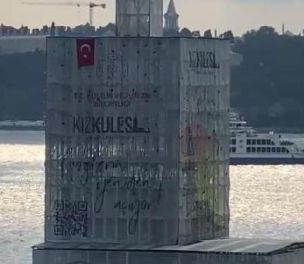
.jpg)
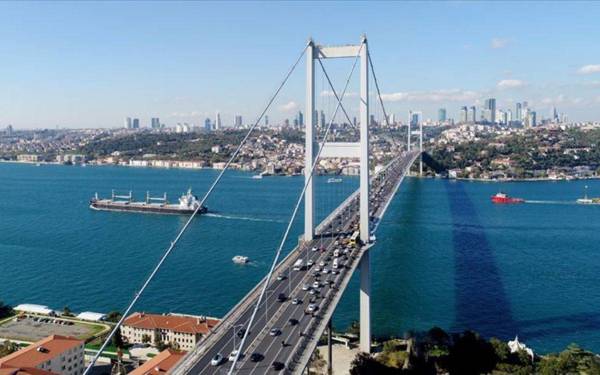
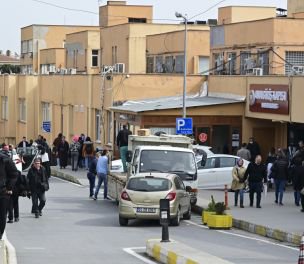
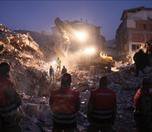
.jpg)
.jpg)
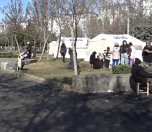
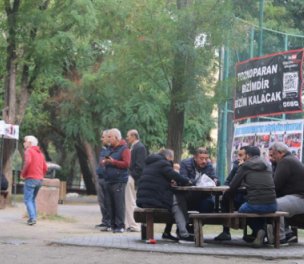
.jpg)
.jpg)
.jpg)
.jpg)
.jpg)